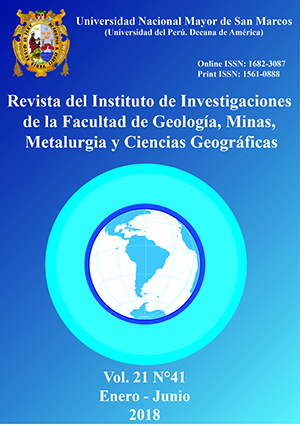Natural spaces and the city, an approach from the ecological infrastructure in the surroundings of Chincha, Pisco and Ica cities
DOI:
https://doi.org/10.15381/iigeo.v21i41.14989Keywords:
Natural spaces, cities, Ecological Infrastructure, planningAbstract
There is currently a growing interest in the natural spaces located on the periphery of cities, due to the environmental, social and economic benefits that they provide to citizens. This paper aims to evaluate the relationship between natural spaces and territorial planning instruments, considering the theoretical and methodological contributions developed from the ecological infrastructure.
The methodology combines qualitative and quantitative tools, the qualitative were used for the analysis of the types and levels of use and also the natural spaces degradation, in addition, to determine the relevance of territorial planning instruments and the incorporation of the natural spaces in these. The quantitative variables were used to measure the relationship between variables, using a binary logistic regression. A total of 29 natural spaces and 13 planning instruments were registered and analyzed, the results explain qualitatively and quantitatively the poor incorporation of natural spaces in the planning instruments.
Downloads
Published
Issue
Section
License
Copyright (c) 2018 Gilmer Medina Tarrillo, Oscar Rafael Tinoco Gómez

This work is licensed under a Creative Commons Attribution-NonCommercial-ShareAlike 4.0 International License.
AUTHORS RETAIN THEIR RIGHTS:
a. Authors retain their trade mark rights and patent, and also on any process or procedure described in the article.
b. Authors retain their right to share, copy, distribute, perform and publicly communicate their article (eg, to place their article in an institutional repository or publish it in a book), with an acknowledgment of its initial publication in the Rev. Inst. investig. Fac. minas metal cienc. geogr.
c. Authors retain theirs right to make a subsequent publication of their work, to use the article or any part thereof (eg a compilation of his papers, lecture notes, thesis, or a book), always indicating the source of publication (the originator of the work, journal, volume, number and date).






